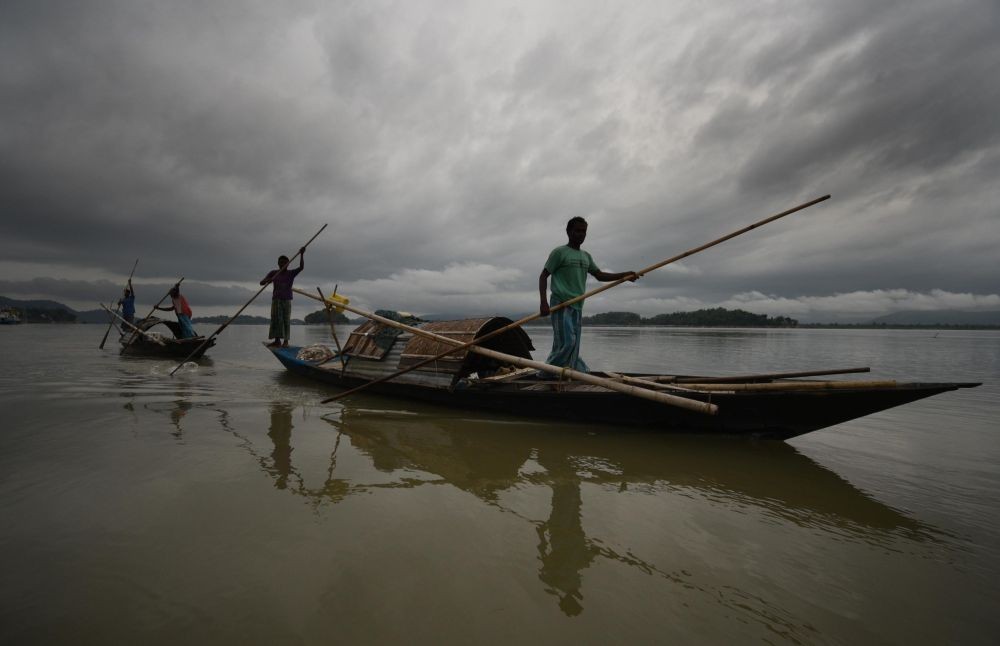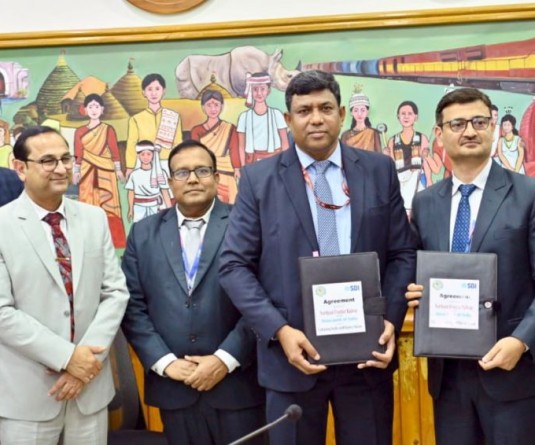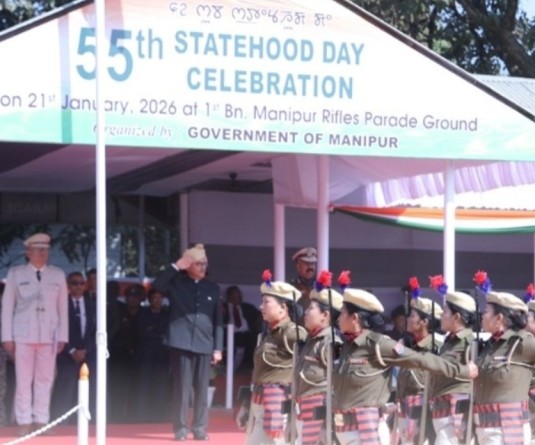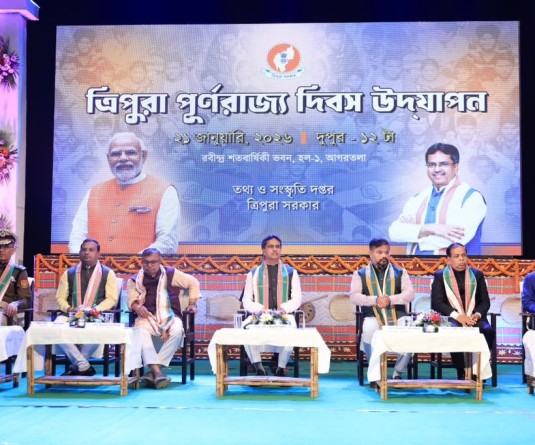Guwahati: Fisherman's return home on river Brahmaputra as rain clouds gather over Guwahati on May 25, 2018. (Photo: IANS)

Guwahati/Agartala, July 16 (IANS) Even as the southwest monsoon rainfall in the country as a whole was "normal", according to the the India Meteorological Department (IMD), five northeastern states witnessed deficient monsoon rain due to lack of rain bearing clouds and monsoon trough from the Bay of Bengal.
According to the IMD data, except Assam and Meghalaya, five northeastern states -- Arunachal Pradesh, Nagaland, Manipur, Mizoram and Tripura -- have experienced deficit rains so far since the four-month long (June to September) southwest monsoon began in June.
There are three meteorological sub-divisions in the northeastern region – Arunachal Pradesh, Assam-Meghalaya, Nagaland-Manipur-Mizoram-Tripura.
According to the IMD data, rainfall so far is normal only in Assam-Meghalaya while in the Arunachal Pradesh sub-division there is a 22 per cent deficiency and in the Nagaland-Manipur-Mizoram-Tripura subdivision the shortage of rainfall was recorded at 34 per cent.
In Arunachal Pradesh, of the 16 meteorological districts, seven districts recorded deficient rainfall, large deficiency and no rain.
In Nagaland, of the 11 meteorological districts, six districts recorded deficient rainfall while in Manipur, of the nine meteorological districts, six districts recorded deficient and large deficient rainfall.
In Mizoram, of the 8 meteorological districts, seven districts recorded deficient rainfall while in Tripura, of the eight meteorological districts, four districts recorded a shortfall in the monsoon rainfall.
As per the IMD norms, up to 19 per cent deficient or excess rainfall is categorised as normal.
IMD officials said that a cyclonic circulation is likely to form over northwest Bay of Bengal around July 16 and under its influence, a low pressure area is likely to form over the same region during the subsequent 2-3 days causing moderate rainfall.
The officials said that due to lack of rain bearing clouds, water vapour and monsoon trough from the Bay of Bengal, several northeastern states experienced deficient rainfall.
“However, a major period of the four-month long monsoon period remains, the deficiency in rainfall might get covered before the end of the monsoon in September,” an IMD official said.
He said the monsoon trough accompanied by strong moisture incursion from the Bay of Bengal mostly moved towards other regions of the country.
The northeastern region normally witnesses normal or heavy rainfall during the four months of the southwest monsoon, and a few states, specially Assam, get badly affected by the recurring annual floods.
This year, according to the Assam State Disaster Management Authority (ASDMA) officials, flood-related deaths in Assam were seven while around 68,000 people including over 11,600 children were currently affected in 17 of the state's 34 districts.
The flood hit districts are Baksa, Biswanath, Bongaigaon, Chirang, Dhemaji, Dhubri, Dibrugarh, Golaghat, Jorhat, Kokrajhar, Lakhimpur, Majuli, Nagaon, Nalbari, Sivasagar, Tamulpur and Tinsukia
Monsoon floods also created havoc in various national parks in Assam, killing wild and endangered animals, besides affecting domestic animals as well.
Agriculture experts said that at the moment there is no major threat to the crops as irrigation facilities are more or less active in most parts of the northeastern region.
The monsoon struck the region five days later than the normal date of arrival but nobody’s complaining.
The brief delay in the arrival of the monsoon will not have any negative effect on agriculture in the region as the rains are expected to be normal and above normal by the end of the southwest monsoon in September, IMD officials explained.






